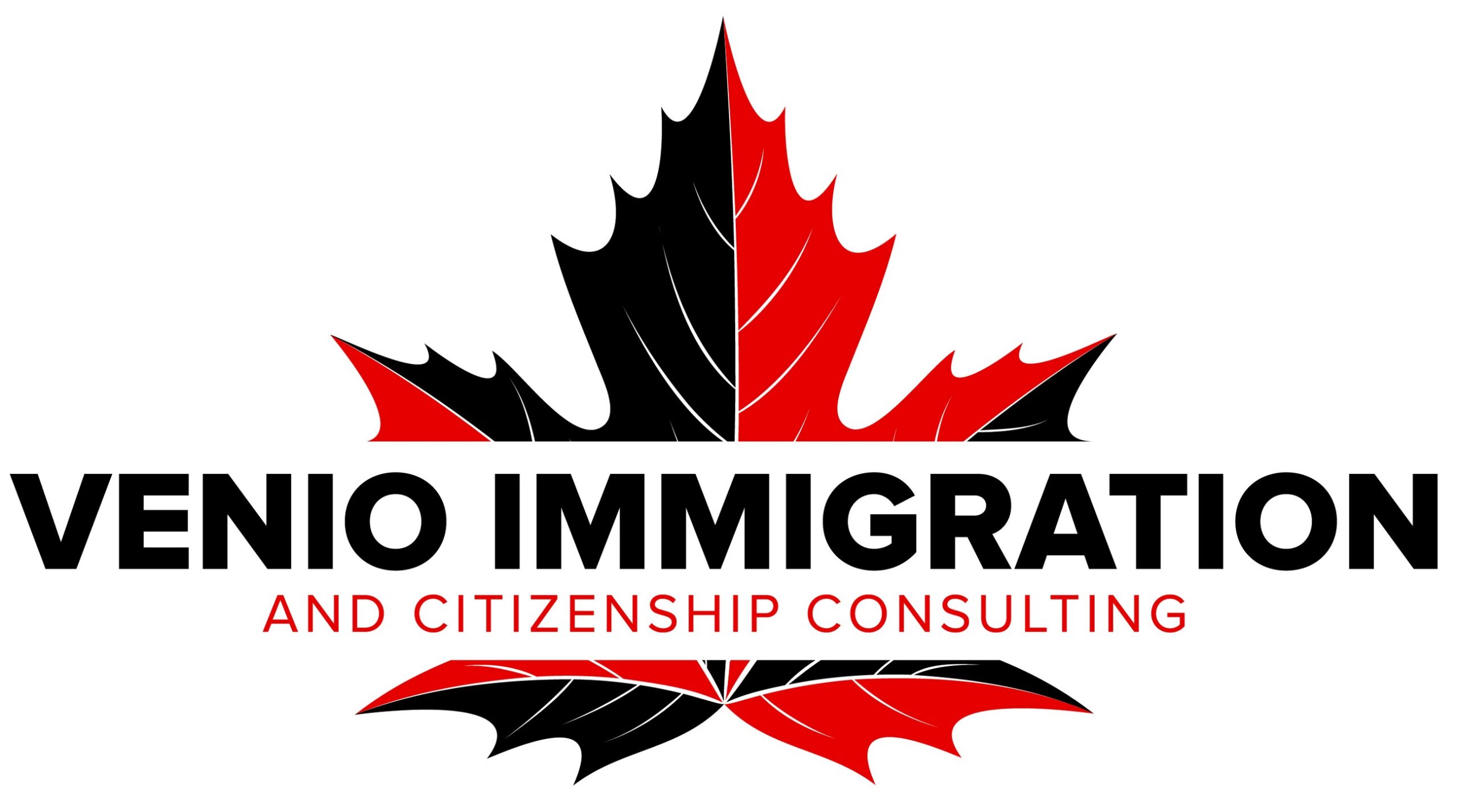How do I get health insurance in Canada?

Access to quality health care is a crucial aspect of life in Canada, a country renowned for its universal health care system. This article aims to shed light on the steps required to qualify for health insurance in Canada, based on up-to-date information from 2024. We'll explore the public health insurance framework, eligibility criteria, services covered, and situations requiring an update of your insurance status.
Understanding the Canadian health insurance system
Canada offers a public health insurance plan that gives its residents access to medical and hospital services at no direct cost. This system is publicly funded, but rather than a single national plan, it is made up of 13 provincial and territorial plans. Each Canadian province and territory manages its own system, ensuring the delivery of health care services to its residents. The federal government's role includes setting national standards for these health care systems via the Canada Health Act, as well as supporting the funding of provincial and territorial services..
Eligibility and registration
To be eligible for health insurance in Canada, you must generally be a permanent resident, Canadian citizen, or hold another specific status authorized by the province or territory in which you reside. The registration process differs from province to province, but generally involves submitting documents proving your eligibility, such as your residency status and identity.
Covered and non-covered services
The public plan covers a wide range of health services, including essential medical services provided by hospitals and physicians. Certain dental and optometric services are also covered under specific circumstances. However, it's important to note that some services, such as routine dental care, eyeglasses and certain prescription drugs, are generally not covered. For these non-covered services, it is advisable to take out private health insurance, which can offer additional coverage to complement that provided by the public plan..
Prescription drug insurance
In some provinces, the public drug insurance plan provides coverage for many prescription drugs, subject to the payment of a deductible and co-insurance. The annual premium for this plan is calculated on the basis of your income, allowing a certain degree of financial accessibility to the drugs you need..
Situation changes
It's essential to update your health insurance coverage in the event of a change in circumstances, such as a move, a change in immigration status, or a return to Canada after a long absence. These updates ensure the continuity of your coverage and the accuracy of your information in your health insurance records.
Tips for choosing private health insurance
Although the public health insurance plan covers many essential services, private health insurance can be useful for more comprehensive coverage, including services not covered by the public plan. When choosing private insurance, it's a good idea to shop around to find the coverage that best suits your needs and financial situation..
Conclusion
Health insurance is a cornerstone of health and well-being in Canada. Understanding how to navigate the health insurance system, knowing what services are covered, and knowing how and when to update your status are key steps in ensuring that you and your family have adequate coverage. When in doubt, or for specific situations, it's always best to consult directly with the official contacts and resources of your province or territory of residence.






